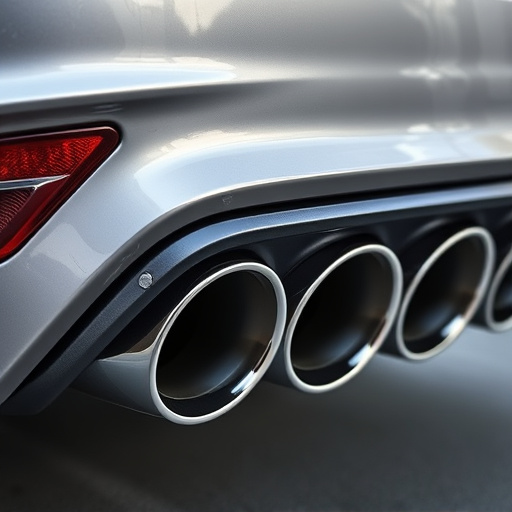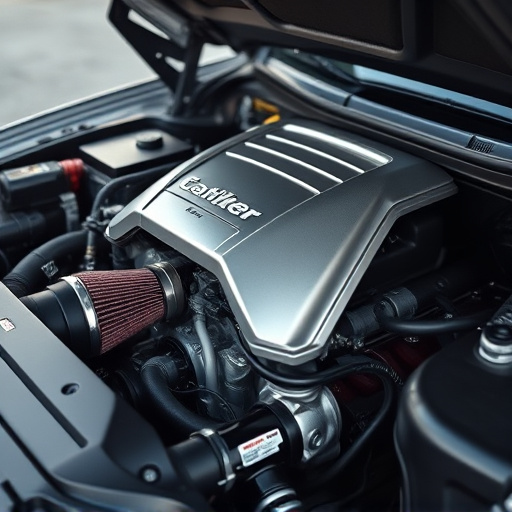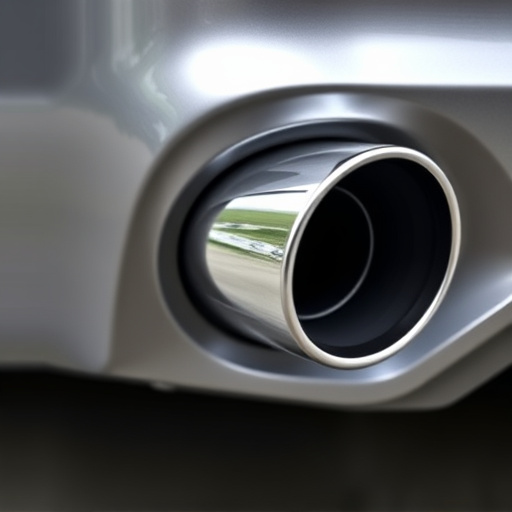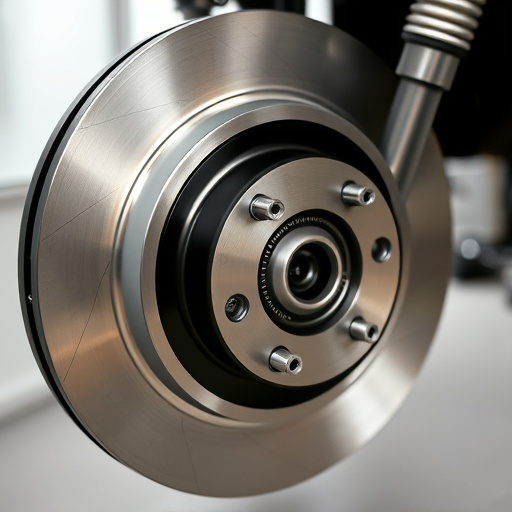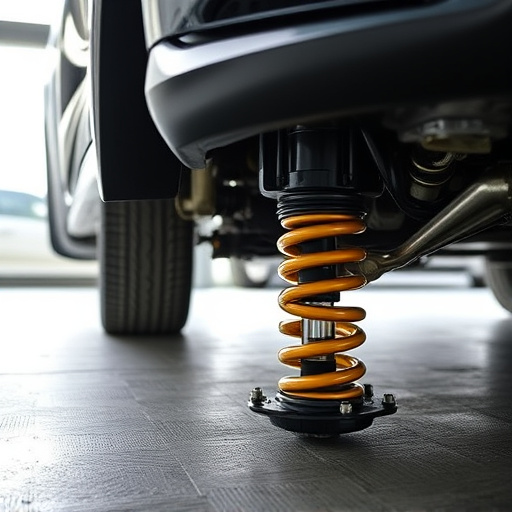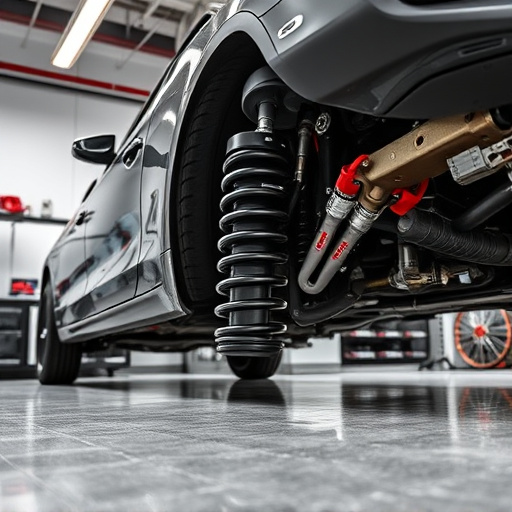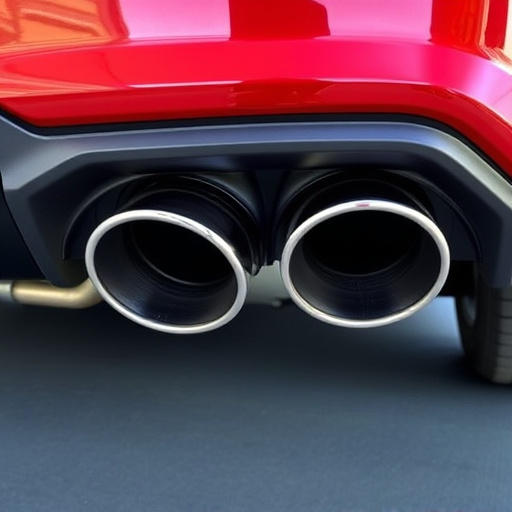Air intake systems, by drawing in cold, clean air, enhance vehicle performance, power, torque, and fuel efficiency. Installation involves replacing the stock filter with a high-flow kit, requiring tools like socket wrenches and pliers. Ensure compatibility and follow manufacturer guidelines for safe installation. Begin by gathering tools and parts, locate the engine bay, remove the old filter, install the new air intake, secure connections, and reconnect the battery terminal.
Looking to enhance your vehicle’s performance with an air intake system? This comprehensive guide is tailored for beginners, offering a detailed overview of everything you need to know about air intake installation. From understanding the basics and reaping the benefits to mastering the installation process, we’ve got you covered. Discover essential tools, components, and step-by-step instructions to ensure a successful and efficient air intake installation.
- Understanding Air Intake Systems and Their Benefits
- Essential Tools and Components for Installation
- Step-by-Step Guide to Installing an Air Intake System
Understanding Air Intake Systems and Their Benefits
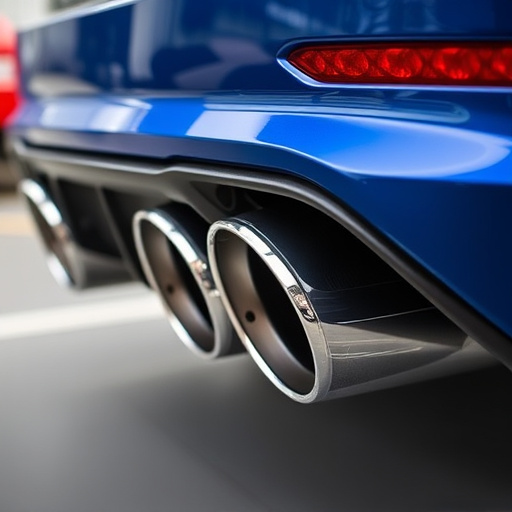
Air intake systems play a crucial role in enhancing the performance and efficiency of your vehicle’s engine. They are designed to draw in cold, clean air from outside the vehicle, which is then fed directly into the engine. This process offers several key advantages over traditional exhaust-air intakes. By bringing in cooler air, these systems can improve engine power and torque, leading to better acceleration and overall performance. Moreover, they help in optimizing fuel combustion, resulting in improved fuel efficiency and reduced emissions, making them an attractive option for eco-conscious drivers.
For beginners considering air intake installation, the process typically involves replacing the stock air filter with a high-flow or cold air intake system. Many kits come with everything needed for easy installation, including air filter kits, mounting hardware, and sometimes even replacement brake rotors and exhaust tips to further optimize airflow and engine performance.
Essential Tools and Components for Installation
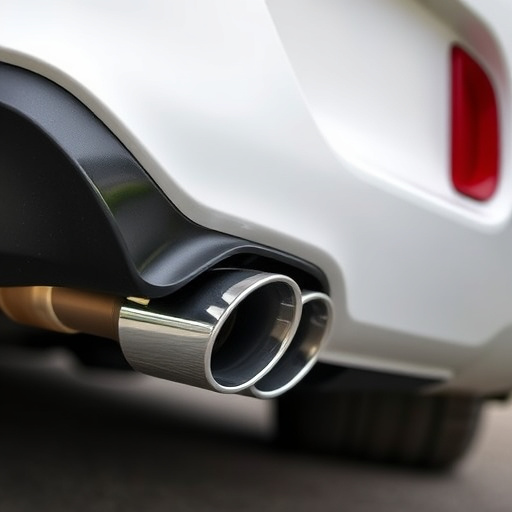
Before beginning any air intake installation, ensure you have all the essential tools and components on hand. This includes a set of socket wrenches in various sizes, pliers, ratchet straps, and possibly a torque wrench for securing bolts to the correct specification. For the actual air intake components, expect to need a cold air intake kit tailored to your vehicle’s make and model, along with an air filter designed for high-flow applications. Don’t forget the mounting hardware that comes with these intake kits, as well as any gaskets or seals required for a secure fit.
Additional items like performance brakes or other tuning components are not strictly necessary for a basic air intake installation, but they may be included if you’re looking to maximize performance gains. Always double-check compatibility with your vehicle’s specifications and consult your manufacturer’s guidelines before proceeding with any modifications, ensuring a safe and successful air intake installation.
Step-by-Step Guide to Installing an Air Intake System
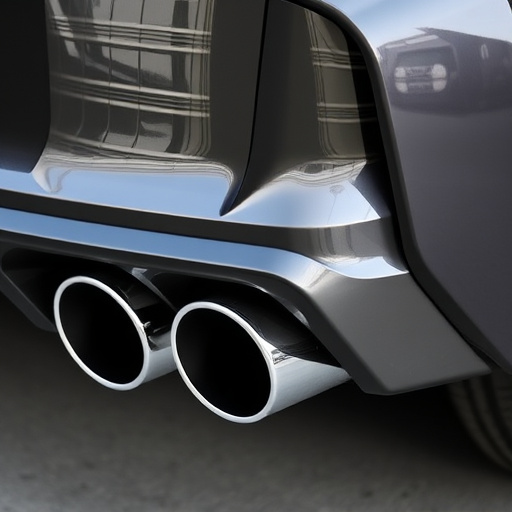
Installing an air intake system can significantly enhance your vehicle’s performance, but it requires careful planning and a systematic approach. Here’s a step-by-step guide for beginners to navigate through the process with ease.
Start by ensuring you have all the necessary tools and parts, including the air intake kit specific to your vehicle model. Locate the engine bay and identify the existing air filter housing. Next, disconnect the battery terminal to prevent accidental starts while working. Demount the stock air filter and take note of any clips or bolts securing it in place. With the old filter removed, install the new air intake according to the kit’s instructions. This often involves connecting tubing, filters, and brackets securely with clamps or fasteners. Pay close attention to the positioning of the intake to ensure optimal airflow, away from hot exhaust components like brake pads and exhaust mufflers. Once properly positioned, reattach any clips or bolts and reconnect the battery terminal.
Air intake installation is a project that can significantly enhance your vehicle’s performance and efficiency. By understanding the benefits of air intake systems and following a structured guide, beginners can successfully install their own systems using essential tools and components. Remember, proper preparation and adherence to instructions are key to achieving optimal results and enjoying a smoother, more powerful driving experience with your upgraded air intake system.








